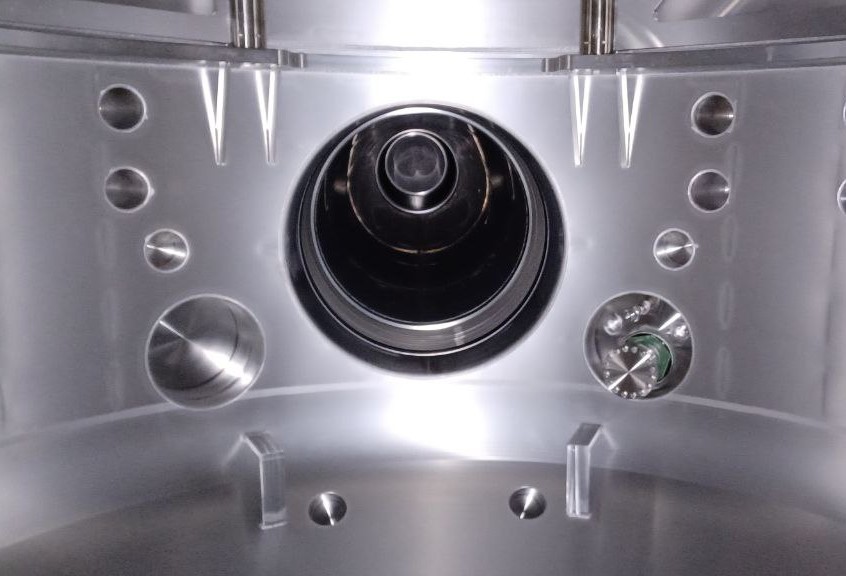Our PDM3 Deployed in a Case Study at the ETP in Maastricht!
In 2023, our intern Youri Hissink, then a student at Fontys, completed an internship centered on particle deposition monitoring—a critical aspect of maintaining cleanroom standards. Representing SAC, Youri used the PDM to measure particle accumulation in the Einstein Telescope Project’s cleanroom. By evaluating different locations and activities, he gathered essential data to map high contamination zones and activities, as well as the efficiency of existing countermeasures. This case study not only demonstrated the precision of our PDM but also provided valuable insights that contribute to the stringent requirements of advanced cleanroom environments like the ETP. Below you will find the abstract of the paper!

Particle deposition in cleanrooms is a critical concern for maintaining ultraclean conditions. This research investigates various aspects of particle deposition, aiming to enhance our understanding of contamination control in cleanroom environments. The study evaluates the precision of Particle Deposition Monitor (PDM) measurements and finds that the PDM provides highly precise measurements, particularly in clean environments with minimal particle counts. Baseline particle deposition rates are assessed in different cleanroom locations. The research reveals that smaller particles dominate deposition, and there is a notable difference in deposition rates between the horizontal and vertical planes. During periods of typical activity, particle deposition rates significantly increase, with fibers, likely originating from people, being prominently elevated. The study identifies the replacement of air filters and ceiling openings as major sources of contamination. Equipment performance is evaluated, with the air shower demonstrating high efficacy in removing particles released from clothing, particularly larger particles. Analysis of particle morphology and origins reveals that the majority of fibers discovered are plant-based, predominantly cotton. Glass fibers, identifiable as having a width of 7μm, are believed to originate from cleaning tools. Notably, the ceiling in the cleaning area is found to have a significant impact on deposition rates, with an average deposition rate 87% higher than in the main experiment area.
